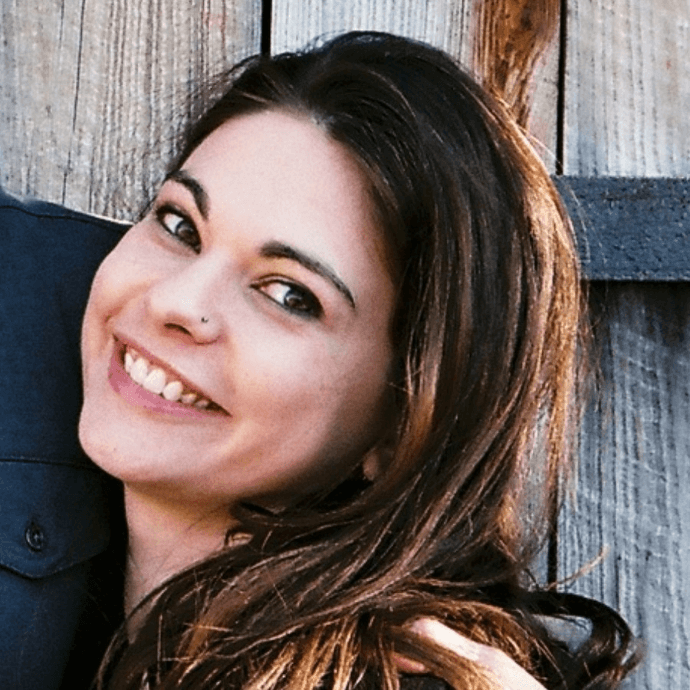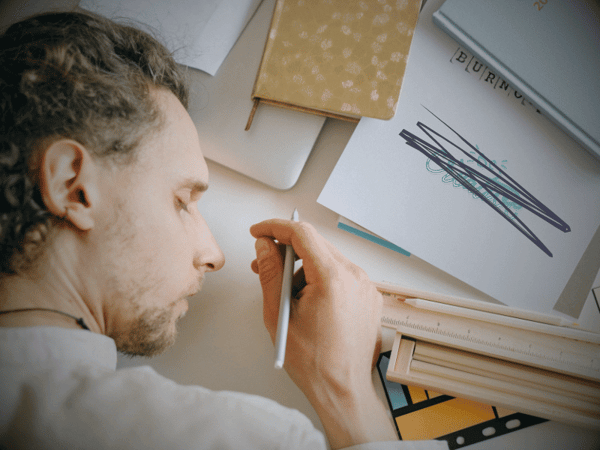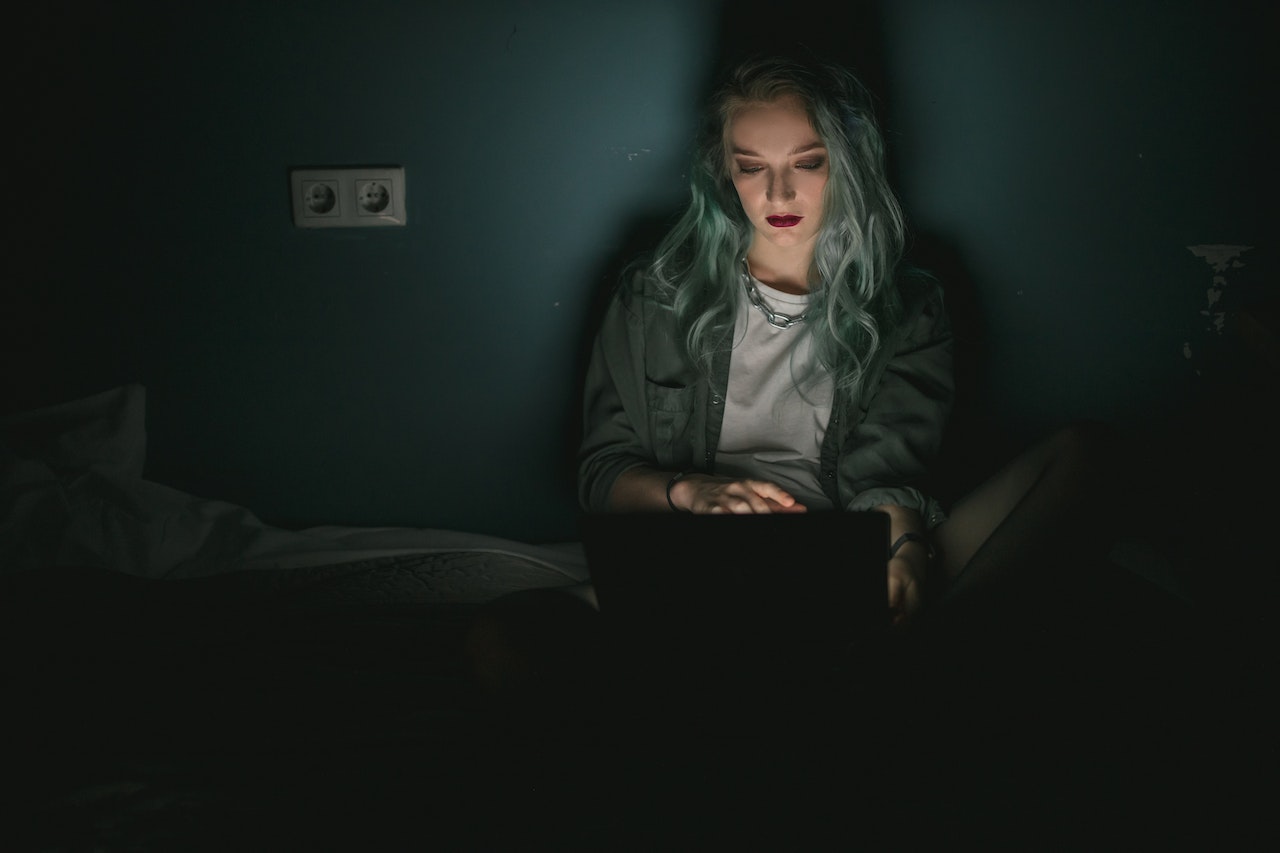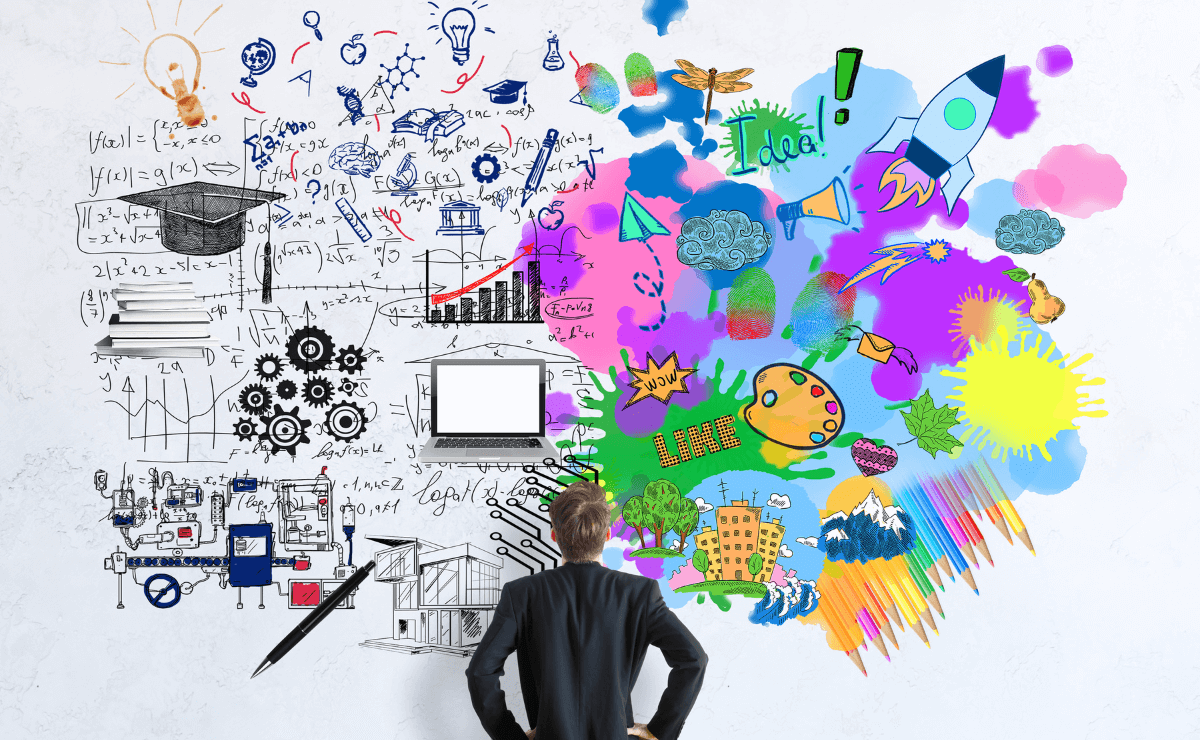From frequent bouts of anxiety to losing track of time to misplacing your keys, ADHD can easily make us feel overwhelmed. But, as we're often reminded, there are certain benefits to ADHD. These so-called ADHD "superpowers" typically include:
- Spontaneity (a nicer word for impulsivity)
- Empathy (we're sensitive, we get it)
- Creativity
Ah, creativity. At least that last one is true—ADHDers tend to be highly innovative and more likely to choose creative professions.1 Creativity is something we thrive on.
But... have you ever suddenly been unable to create? When you feel exhausted, depleted, or apathetic and numb to the point that you just can't?
If you said yes, you've probably experienced something known as creative burnout, and while it's incredibly demotivating and difficult to deal with, it is manageable.
Too long; didn't read
- Creative or artistic burnout: Feeling emotionally drained and exhausted because of excessive creativity and creative thinking
- ADHDers are often highly creative, possibly related to ADHD symptoms like impulsivity, distractibility, and divergent thinking.
- Certain traits, including executive dysfunction and emotional dysregulation, also make ADHDers more prone to experiencing burnout.
What is creative burnout?
Creative burnout (also called artistic burnout) is a type of mental and emotional exhaustion that leaves you unable to create. Whether it's music, artwork, or writing, there's an inability to do what you once loved.
While it sounds much like a creative block (commonly known as writer's block), it's actually very different. With writer's block, you feel stuck—you want to write, but the ideas just aren't flowing.
Burnout, on the other hand, is more intense and features three key aspects:2
- Overwhelming exhaustion
- Feeling detached from what you're doing
- Lack of motivation, productivity, and accomplishment
Most people are familiar with workplace burnout, but it might be harder for you to imagine it happening with creative endeavors—but it absolutely does. For those who work in a creative field, feeling consistently burnt out can be truly detrimental—to their job, mental health, and identity.
How to tell if you're experiencing creative burnout
Every writer I know has struggled with writer's block at one time or another. But sometimes it can be hard to tell if you're just creatively stuck or experiencing full-blown burnout.
Signs of creative burnout
- Extreme and constant fatigue
- Self-doubt
- Irritability
- Feeling overwhelmed
- Heightened stress
- Procrastination and task avoidance
- Lack of motivation
- Apathy or withdrawal
What causes creative burnout?
Stress
Burnout, whether it's social exhaustion, occupational burnout, or creative fatigue, stems from chronic excessive stress.2 When we're overly stressed for a prolonged period, we feel empty, exhausted, and uninspired.
Lack of inspiration
While writer's block and writer's burnout are separate, a constant lack of inspiration can lead to burnout. If your job depends on your creative output, being unable to create is extremely stressful.
Creatives tend to be highly passionate about their work, often to the point that it becomes part of their identity. And a lack of creativity can feel like a loss of self-worth.3
It then becomes a vicious cycle; creative blocks can lead to burnout, which leads to even further decreased creativity.4
Pressure to succeed
Research has shown that perfectionism is heavily linked to burnout.5 Pressure to do well, even when it's internal pressure, is a huge stressor!
Perfectionism and pressure from high standards also apply to those who experience gifted kid burnout.
An oversized workload
A high workload can leave you feeling stretched too thin. We live in a hustle culture, and taking on too many projects and overcommitting yourself can easily backfire and lead to burnout.
For those who work in creative industries, this is especially apparent. Creative jobs typically aren't 9-5; many artists work long hours or have multiple jobs to sustain themselves. On top of that, creative types often have a harder time "leaving work at the office", so to speak.3
High competition, low recognition
Some creatives might have a steady job and an office, but self-employment is far more likely. Gig working or freelancing, is highly competitive; you have to pitch yourself continuously, and once you are hired, a lot of the work takes place digitally, both of which can lead to burnout.
Digital platforms offer fewer social incentives, like recognition, praise, or feedback. Plus, technology overload can result in decreased creativity.4
Neurodivergence
Certain psychological traits can make burnout more likely, and neurodivergence is a big one. ADHDers or autistic people are especially prone to experiencing burnout.6
ADHD, creativity, and burnout
It's often said that ADHDers are more creative than their neurotypical peers, and there's some research to back it up. Two common ADHD symptoms - impulsivity and distractibility - have been linked to increased creativity.7
In some studies, college students with ADHD had higher levels of original and innovative thinking.8 ADHD adults also report more real-world creative achievements, suggesting they may be more likely to pursue creative professions.1
However, ADHDers are also more likely to experience burnout. Several factors can contribute to this, including time management difficulties, emotional dysregulation, and hyperfocus. This ability to focus intensely on an activity of interest may be beneficial sometimes, but it's also incredibly draining.
Five ways to manage creative burnout
1. Take breaks when you need them!
Burnout is your body's way of telling you to take a break. Think about it this way: Burnout results from prolonged stress, so continuing to push yourself is counterproductive. Of course, it's not always possible to stop working, but you can take specific steps to reduce stress.9
More ways to reduce your stress:
- Only work during work hours
- Reduce workload if possible
- Work outside of your home
- Take a break from household chores
- Skip social events if needed
- Set boundaries
2. Practice self-care
Self-care can go a long way to helping with stress reduction.
- Eat healthy foods
- Drink enough water
- Get enough sleep
- Practice meditation
- Exercise
- Do something relaxing, like taking a bath
3. Take yourself on an "artist date".
Creativity is essential for artists, writers, or musicians, so working on restoring your inspiration is necessary for the craft.
Research suggests that mind-wandering can be especially conducive to creativity. Find non-demanding activities that allow your mind to wander and be inspired. These are often called artist dates.
- Walk in nature
- Go to a museum
- Watch a movie in an unusual genre
- Plant something
- Go to a thrift store
- See a live band that's new to you
4. Try new creative ventures.
Trying a different type of art can help restimulate your creativity. If you are a writer, try formatting something you've written into a screenplay. If you're a painter, recreate one of your existing paintings with fabric scraps. Not forcing yourself to come up with something new releases mental pressure and allows you to just enjoy the process of creating.
5. Get inspiration from others.
Don't let not having a perfect fresh idea stop you from creating. Take inspiration from another artist you admire and try to recreate their work. There's no ethical issue if you don't sell the copied art. Oftentimes, when using this method, I will stray from the inspiration piece and end up with something original without even trying.
Final thoughts
While ADHD brings its fair share of challenges, it's important to recognize the unique strengths and abilities that ADHD brings, including creativity. However, creative burnout can dampen this ability, leaving us feeling exhausted and unmotivated. Stay aware of the signs of creative burnout, such as extreme fatigue, self-doubt, and heightened stress.
Overcoming creative burnout includes taking breaks, practicing self-care, seeking new inspiration, and exploring different creative channels. By nurturing your mental well-being and utilizing effective strategies, you can harness your ADHD creativity and continue to thrive in your artistic pursuits.
Sources
1 Journal of Attention Disorders | Creativity in ADHD: Goal-Directed Motivation and Domain Specificity (2020)
2 World Psychiatry | Understanding the burnout experience: recent research and its implications for psychiatry (2016)
3 Watson, Abe L. (Thesis) | Burnout in Arts Workers: an investigation (2020)
4 Information and Management | Absorbed in technology but digitally overloaded: Interplay effects on gig workers' burnout and creativity (2021)
5 Frontiers in Psychology | Perfectionism and Burnout During the COVID-19 Crisis: A Two-Wave Cross-Lagged Study (2021)
6 BMC Public Health | A cross-sectional study of psychological distress, burnout, and the associated risk factors in hospital pharmacists in Japan (2016)
7 Neuroscience and Biobehavioral Reviews | Creativity and ADHD: A review of behavioral studies, the effect of psychostimulants and neural underpinnings (2020)
8 Creativity Research Journal | Scope of Semantic Activation and Innovative Thinking in College Students with ADHD (2016)
9 European Journal of Work and Organizational Psychology | A clinical perspective on burnout: diagnosis, classification, and treatment of clinical burnout (2022)





.jpg)

